During the colonial period, European powers formed joint-stock companies to carry out foreign trade and exploration, to colonize distant lands and conduct military operations against foreign adversaries.
Such organizations may be chartered for a single voyage or for an extended period of time, and were much more than what we associate with the modern “company”. These organizations could raise their own armies, enforce the law up to and including trial and execution of accused wrongdoers and largely functioned outside the control of the governments which formed them.
The Vereenigde Oostindische Compagnie (VOC), better known as the Dutch East India Company, founded in 1602, was the world’s first formally listed public company, an early multi-national corporation paving the way to the corporate-led globalization of the early modern period.

On October 27, 1628, a Dutch East India Co. merchant fleet departed the Dutch West Indies bound for the south Pacific Moluccan Islands to trade for spices. Among these vessels was the 650-ton ship Batavia, embarked on her maiden voyage.
On board were enormous stockpiles of gold and silver coinage and a complement of 341 passengers and crew, including men, women and children.
Among ship’s officers were the bankrupt pharmacist Onderkoopman (junior merchant) Jeronimus Cornelisz, in flight from the Netherlands due to his heretical religous beliefs, and skipper Ariaen Jacobsz. While underway, the two conceived a plan to mutiny, and start a new life somewhere else. All that specie in the hold would make for a very nice start.
A small group of men were recruited and a plot was hatched, to molest a ranking female member of the passenger list. The plotters hoped to provoke a harsh act of discipline against the crew, which could then be used to recruit more men to the mutineers. Lucretia Jans was assaulted as planned but, for whatever reason, Opperkoopman (senior merchant) Francisco Pelsaert never made any arrests.

Perhaps the man was ill at the time but, be that as it may, the die was cast. The conspirators now needed only the right set of circumstances, to put their plans in motion.
Jacobsz deliberately steered the ship off course and away from the rest of the fleet. He got his ‘right set of circumstances’ on the morning of June 4, 1629, when Batavia struck a reef off the west coast of Australia.
Forty people drowned before the rest could be gotten safely to shore, swimming or transferred to nearby islands in the ship’s longboat and yawl.

With no source of fresh drinking water, the situation was dire. A group comprising Captain Jacobsz, Francisco Pelsaert, several senior officers and crew members plus a few passengers set out in a 30-foot longboat. The group performed one of the great feats of open boat navigation in all history, arriving after 33 days at the port of Batavia in modern-day Jakarta, Indonesia.
Boatswain Jan Evertsz was arrested and executed for negligence in the wreck of the Batavia, his role in the conspiracy never suspected.
Pelsaert was immediately given command of the Sardam by Batavia’s Governor General, Jan Coen.
Pelsaert’s rescue arrived three months after the original shipwreck, to discover a horror for the ages.

Left alone in charge of the survivors, Cornelisz and several co-conspirators took control of all the weapons and food supplies, then carried out plans to eliminate potential opposition.
A group of soldiers led by Wiebbe Hayes was tricked into being moved to West Wallabi Island, under the false pretense of looking for water. Convinced there was none, Cornelisz abandoned the group on the island to die. The psychopath and his dedicated band of followers, were now free to murder the rest at their leisure .
Author Mike Dash writes in Batavia’s Graveyard: The True Story of the Mad Heretic Who Led History’s Bloodiest Mutiny: “With a dedicated band of murderous young men, Cornelisz began to systematically kill anyone he believed would be a problem to his reign of terror, or a burden on their limited resources. The mutineers became intoxicated with killing, and no one could stop them. They needed only the smallest of excuses to drown, bash, strangle or stab to death any of their victims, including women and children”.
Like some neo-Mansonian psychopath, Cornelisz left the actual killing to others though he did attempt to poison one infant, who was later strangled. No fewer than 110 men, women and children were murdered during this period. Women left alive were confined to ‘rape tents’.
Meanwhile, Wiebbe Hayes and his soldiers found water and, unaware of the butchery taking place on Beacon island, began to send smoke signals, according to a prearranged plan. The group would only learn of the ongoing massacre from survivors, who escaped to swim for their lives.

With their own supplies dwindling, Cornelisz & Co. assaulted the soldiers on West Wallabi Island, now in possession of crude handmade weapons and manning makeshift fortifications. Pitched battles ensued, pitting muskets against sticks and spears. The bad guys almost won too, but the better trained and (by this time) better fed soldiers, prevailed.
Pelsaert’s arrival triggered a furious race between Cornelisz’s men and the soldiers. Fortunately for all, Hayes won the race. A brief but furious battle ensued before Cornelisz and his company were captured. After a brief trial, Cornelisz and the worst of the conspirators were brought to Seal Island, their hands chopped off and the rest of them, hanged.
Two judged only to be minor players were brought to the Australian mainland and marooned, never to be seen again.

The remaining conspirators were brought back to Batavia and tried. Five were hanged. Jacop Pietersz, second-in-command, was broken on the wheel, a hideous remnant of medieval justice and the worst form of execution available, at that time. Captain Jacobsz resisted days of torture and never did confess. What became of him is unknown.
Francisco Pelsaert was judged partly responsible for the disaster, due to his failure to exercise command. Senior Merchant Pelsaert’s assets were confiscated. He would die penniless in less than a year, a broken man.
The exact number of those buried in mass graves on Beacon Island, remains unknown. Of the 341 who departed the West Indies that day in 1628, 68 lived to tell the tale. Archaeologists labor an land and at sea but, three centuries later, the Wallabi Islands remain jealous of their secrets

























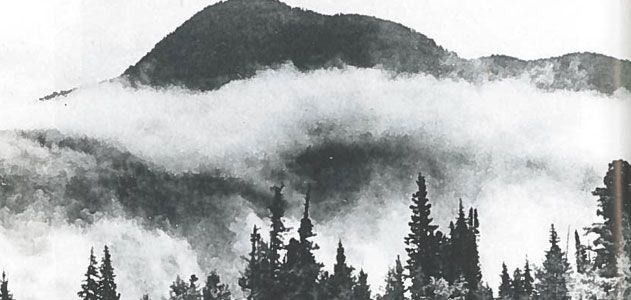
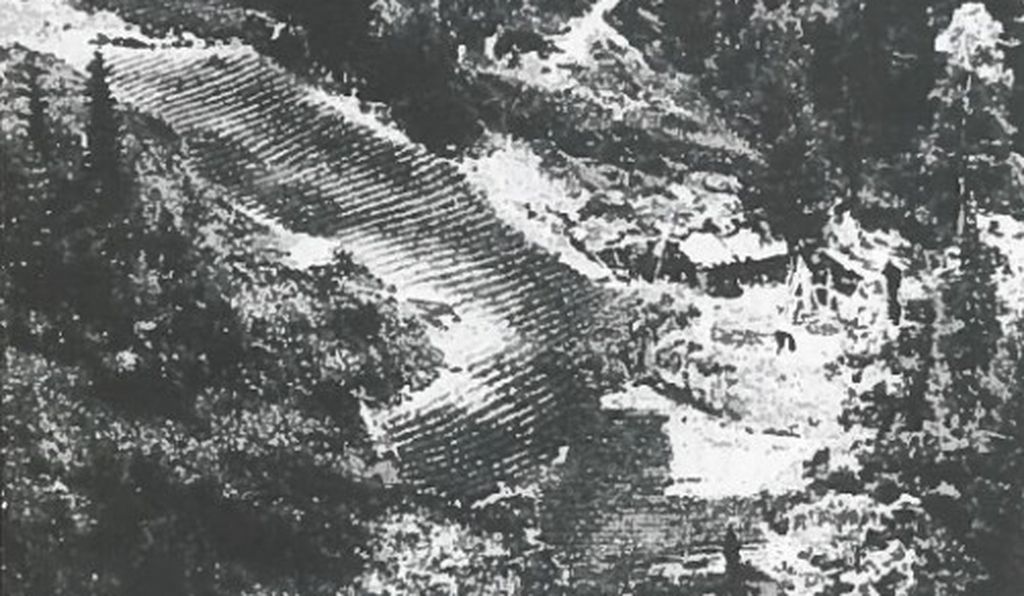





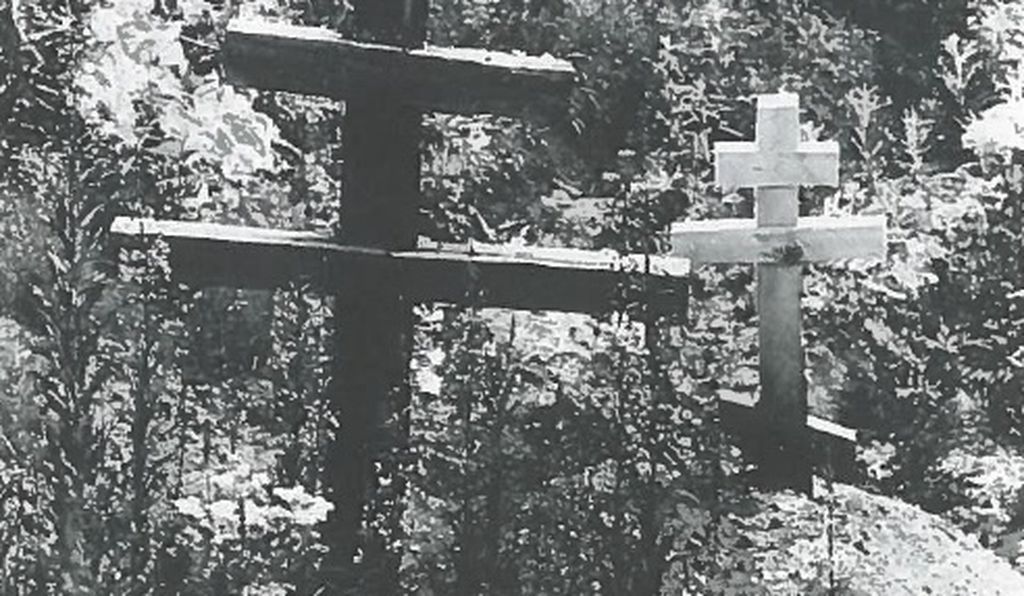








 Two years earlier, the Norge (“NOR-gay”) had demonstrated that such an airship, could reach the north pole. This time they were coming back, for further exploration.
Two years earlier, the Norge (“NOR-gay”) had demonstrated that such an airship, could reach the north pole. This time they were coming back, for further exploration. The first of five planned sorties began on May 11, before turning back only eight hours later in near-blizzard conditions. The second trip took place in virtually perfect weather conditions with unlimited visibility. The craft covered 4,000 km (2,500 miles), setting the stage for the third and final trip.
The first of five planned sorties began on May 11, before turning back only eight hours later in near-blizzard conditions. The second trip took place in virtually perfect weather conditions with unlimited visibility. The craft covered 4,000 km (2,500 miles), setting the stage for the third and final trip.
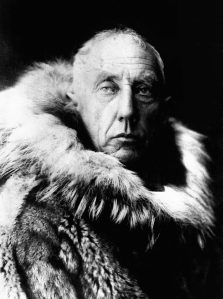
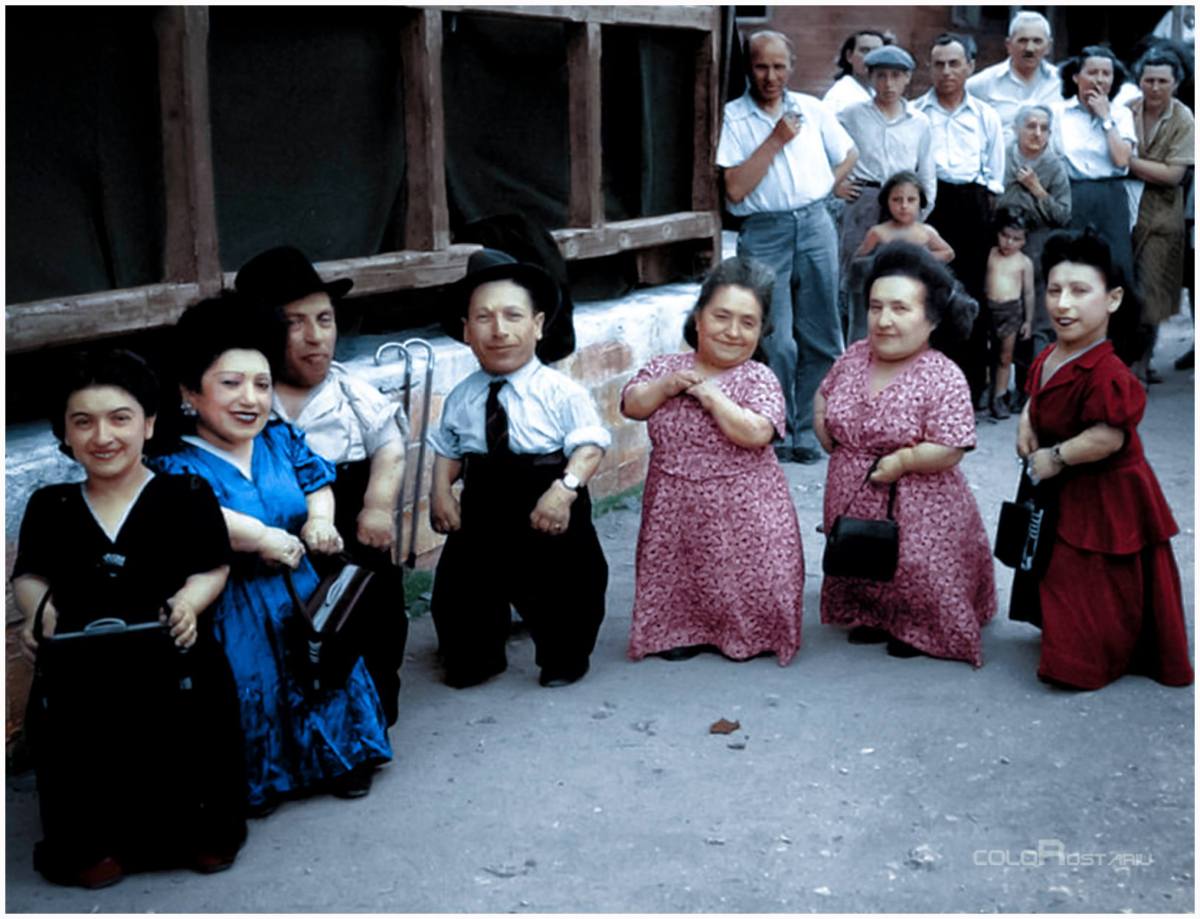
 Circus-like performing dwarves were common enough at this time but the Ovitz siblings were different. These were talented musicians playing quarter-sized instruments, performing a variety show throughout the 1930s and early ’40s as the “Lilliput Troupe”. The family performed throughout Romania, Hungary and Czechoslovakia, with their normal height siblings serving as “roadies”. And then came the day. The whole lot of them were swept up by the Nazis and deported to the concentration camp and extermination center, at Auschwitz-Birkenau.
Circus-like performing dwarves were common enough at this time but the Ovitz siblings were different. These were talented musicians playing quarter-sized instruments, performing a variety show throughout the 1930s and early ’40s as the “Lilliput Troupe”. The family performed throughout Romania, Hungary and Czechoslovakia, with their normal height siblings serving as “roadies”. And then came the day. The whole lot of them were swept up by the Nazis and deported to the concentration camp and extermination center, at Auschwitz-Birkenau.

 On one occasion, the Angel of Death told the family they were “going to a beautiful place”. Terrified, the siblings were given makeup, and told to dress themselves. Brought to a nearby theater and placed onstage, the family must have thought they’d be asked to perform. Instead, Mengele ordered them to undress, leaving all seven naked before a room full of SS men. Mengele then gave a speech and invited the audience onstage, to poke and prod at the humiliated family.
On one occasion, the Angel of Death told the family they were “going to a beautiful place”. Terrified, the siblings were given makeup, and told to dress themselves. Brought to a nearby theater and placed onstage, the family must have thought they’d be asked to perform. Instead, Mengele ordered them to undress, leaving all seven naked before a room full of SS men. Mengele then gave a speech and invited the audience onstage, to poke and prod at the humiliated family.
 Only 50 of the 650 Jewish inhabitants of the village ever returned. In 1949, the family emigrated to Israel and resumed their musical tour, performing until the group retired in 1955.
Only 50 of the 650 Jewish inhabitants of the village ever returned. In 1949, the family emigrated to Israel and resumed their musical tour, performing until the group retired in 1955.

 The male line of the Spanish Habsburgs came to an end on November 1, 1700, when Charles II died without heir, five days before his 39th birthday. The will named 16-year-old Philip of Anjou successor, grandson of the Bourbon King Louis XIV of France and Charles’ half-sister, Maria Theresa.
The male line of the Spanish Habsburgs came to an end on November 1, 1700, when Charles II died without heir, five days before his 39th birthday. The will named 16-year-old Philip of Anjou successor, grandson of the Bourbon King Louis XIV of France and Charles’ half-sister, Maria Theresa.




 Vessels came twice to the island, but both proved to be Spanish. A Scottish privateer could count on torture and worse at the hands of his enemy, and so he hid. Selkirk was spotted one time and chased by a Spanish search party. Several stopped for a leak under a tree in which he was hiding, but they never knew. In time they became bored, and sailed away.
Vessels came twice to the island, but both proved to be Spanish. A Scottish privateer could count on torture and worse at the hands of his enemy, and so he hid. Selkirk was spotted one time and chased by a Spanish search party. Several stopped for a leak under a tree in which he was hiding, but they never knew. In time they became bored, and sailed away.







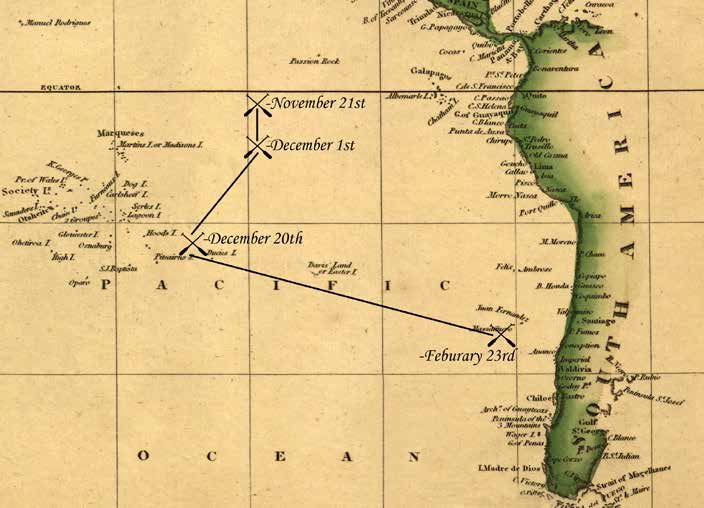

You must be logged in to post a comment.